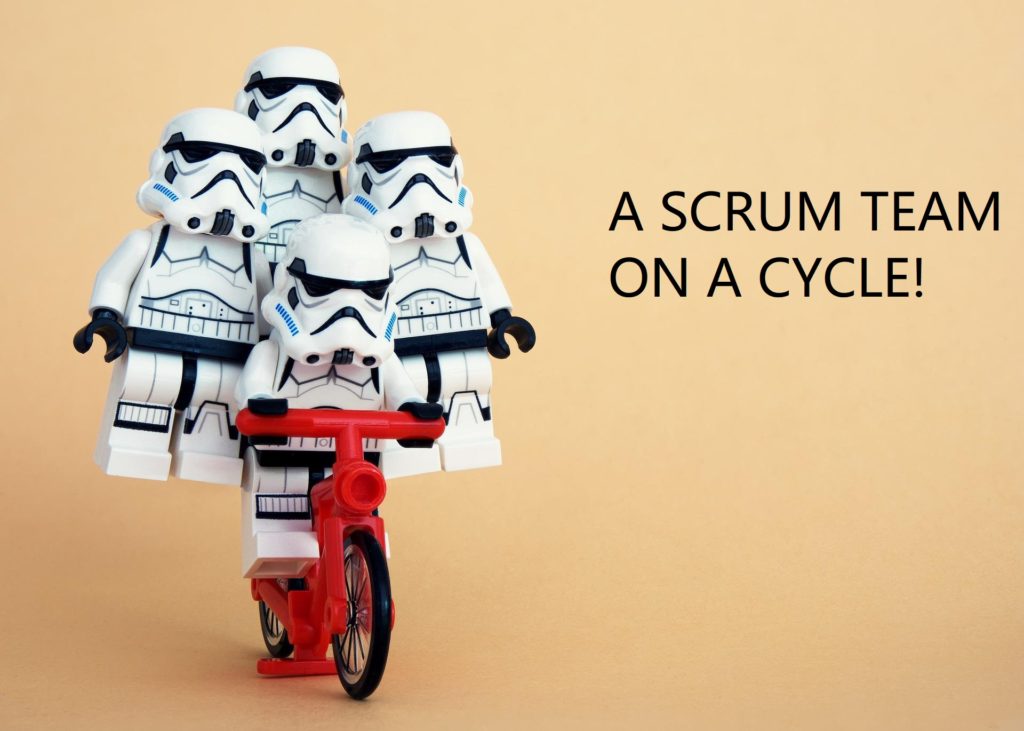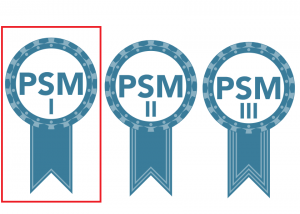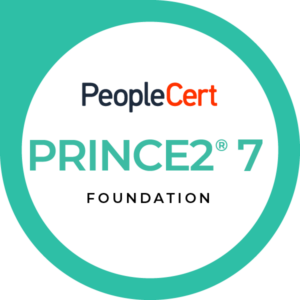And that no one seems to understand you may think. Well, that short post is about explaining to you what Scrum is in a few lines. So read on!
Table of Contents

Scrum official definition
Scrum is a lightweight framework that helps people, teams and organizations generate value through adaptive solutions for complex problems. Source: Scrum Guide 2020
Ok? Probably not, so let’s clarify this…
Scrum in simple terms
Scrum is a simple cycle executed by a small team and supported by a few artifacts. It helps a group to validate (or not) assumptions and generate value iteratively and incrementally to its stakeholders.
Let’s view those 3 elements in bold: cycle, team and artifacts
The Scrum Cycle
The Scrum cycle is equivalent to a PDCA cycle, well known in manufacturing and Lean. It consists of 4 steps:
- The team members Plan to do something for a cycle (an iteration called Sprint)
- They Do it
- Then they Check the results
- Finally they Act (or Adjust) for the next cycle based on the results observed.
Cycles are run continuously one after another and last no more than a month. This process runs till the project and/or product made by the team has been completed or the team runs out of work.
The Scrum Team
A Scrum team is small in nature (10 people or less), cross functional (they have all necessary skills to perform the work required to deliver value), self managed AND are ideally fully allocated (focus is actually key).
The team has:
- A Product Owner (accountable for the value generated by the product/project)
- Developers (people who do the project work/develop the product)
- A Scrum Master (a coach accountable for the team’s effectiveness)
The Scrum Artifacts
The Scrum artifacts are:
- The product backlog (wish list of all product requirements)
- The Sprint backlog (what the team decided to for this Sprint)
- The Increment (the work and the value the team created during the Sprint)
Scrum in short
So in short, those are the 3 main parts which constitute what Scrum is! A small team working and delivering value to its stakeholders in cycles and supported by simple artifacts.

I hope that this short post triggered your interest for this Agile framework which is by far the most popular in the world.
If you are looking for more information on Scrum, you can have a look at the Scrum Guide which contains the official definition of Scrum.
If you are looking for an inspirational video, Jeff Sutherland (co-founder of Scrum) is to me an absolute hero. See: https://www.youtube.com/watch?v=s4thQcgLCqk
As a final comment, I had to make some simplifications in my explanations above – I hope that the Scrum purists will forgive me for that! 😉
In any case, should you have any question, comments, remarks, just let me know in the comments section!
Yours,
Value Insights
Check out our latest blog posts













